“Why am I running easily sprained?†“Why are you sore after running?†Many beginners ask questions like this, and most of the answers are – lack of stretching before running. Indeed, stretching is a very effective warm-up before exercise, so a variety of "stretching packages" have emerged. But not all stretching exercises are effective, and stretching before exercise is not omnipotent. Markham Hyde, a columnist for the American running magazine Runner's World, listed five sportsman's most common mistakes in "exercise stretching" by consulting sports mechanics and running fitness instructors. 1. Perform a "sitting body flexion" stretching before running Sitting body flexion is one of the most basic and most common stretching exercises. Basically from elementary school to university, all physical education teachers will teach students to do such stretching exercises. But do you know that stretching before exercise can have a big impact on the performance of the sport afterwards. In an article published in the European Journal of Applied Physiology, Dr. David Beim of the University of Canada's Memorial Mechanics pointed out that clinical trials have shown that static stretching like "sitting body flexion" would limit runners to move and jump. Ability at the time. "Under the same situation, the stretching of the sitting body will make the muscles of the buttocks and thighs lose their elasticity. When you step, kick, or even jump, the muscles will lose strength," Dr. Bem said. "Because of this, this kind of stretching causes the runner to be prone to fatigue in advance, and is not as good as before in endurance and running performance." 2. Stretch before running to prevent muscle injury In most cases, the runner's muscle strain during training is blamed for "not doing stretching before running." In fact, most of the pre-run stretching action is not very helpful in reducing the risk of muscle strain. In the 1999 Journal of Sports Clinical Medicine, Ian Schliner found that in amateur athletes and professional athletes, stretching before exercise does not reduce the probability of muscle injury. Only in the group of female cyclists, the female rider after stretching has a lower probability of groin injury. According to the study, the reason why pre-exercise stretching is "ineffective" for preventing injuries is that in running such a movement, stretching before running does not help the excessive elongation of certain muscles in the movement; Secondly, the memory of stretching for muscle compliance is transient, so the previous stretching does not help when the stress in the movement acts on the muscles. 3. Stretching before exercise can prevent muscle soreness If you do stretch for 15 minutes before exercise, it is to avoid muscle soreness after exercise. Well, I am sorry to tell you that it is a waste of time. Some stretching exercises before the run will mask the pain of the muscles, allowing the athlete to perform some actions more without expectation. Robert Bob, an occupational therapist at the University of Sydney, published an article in the 2002 British Medical Journal. He tracked the muscles of soldiers before and after training and found that the stretching before exercise was for the muscles within 24 hours. The effect of soreness - almost zero. 4. Stretch before weight training Many fitness people believe that static stretching is important before strength training. In fact, the static stretching before fitness can lengthen the muscle bond, but it will cause the muscle to be more vulnerable to injury during training, especially in the training of deadlift and weightlifting. Stretching can even destroy the original critical stability to a certain extent, because they generate unnecessary swings when they are loaded, causing injuries. The article by Dr. Steven Tucker, a sports and disease specialist, in the Journal of Clinical Medicine proves these conclusions, but he also stresses that there are still many problems with stretching and injuries that have not been resolved, but it is certain that Stretching does not help much in the prevention of injuries in weight training. 5. "Shocking" stretching before exercise In addition to static and dynamic stretching, there is actually a kind of stretching called "shocking" stretching. This kind of stretching is more violent. It is a pulling muscle that reciprocates as quickly as a pendulum. The most common type of elastic stretching is from standing until bending, then touch your toes as much as possible, and when you hit the toes or the back muscles stretch to the maximum extent, quickly bounce back and then bend quickly. Many people think that this kind of stretching method is easier to move the body. However, the elastic stretching is often caused by difficulty in controlling the force, resulting in excessive pulling and straining the muscle. In many college sports systems in the United States, such stretching has been banned. Opening and closing Dynamic stretching before exercise, static stretching after exercise Perhaps after reading the above five misunderstandings, many people don't understand, so what should be done before the exercise? The way to stretch dynamically before running or before fitness is more worthy of respect. "Dynamic stretching" not only fully activates the joints and muscle groups of the body, but also helps to increase muscle temperature, heart rate and flexibility, allowing the body to enter standby and make the next movement smoother. Kicking hips For example, opening and closing, high leg running, kicking hips, front and rear interactive footsteps, etc. are common actions. It is recommended to simply move the whole body joints and then perform dynamic stretching for about ten minutes. After the heartbeat is accelerated and the whole body is slightly sweaty, you can enter the exercise phase. "Static stretching" is more useful after exercise. It helps to restore the "muscle" that is shortened during exercise to its original length, and accelerates the recovery of muscle elasticity, slows down pain, avoids sports injuries, and makes muscle lines more slender. If the muscles are not stretched well after exercise, the muscle bundles may become shorter and shorter, and eventually become a protruding muscle, and it takes more time to stretch before it can change back to the original slim calf. In short, as long as you follow the "dynamic, dynamic, static" three words, follow the sequence of dynamic stretching, movement, static stretching, you can make your movement more comfortable. Stock Pot With Compound Bottom Stock Pot With Compound Bottom,All Clad Stock Pot,Stock Pot With Compound Bottom Of Foot,Large Stock Pot Jiangmen Junerte Stainless Steel Kitchenware Co.,Ltd , https://www.jmjetkitchenware.com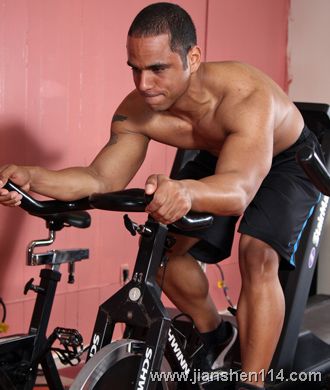
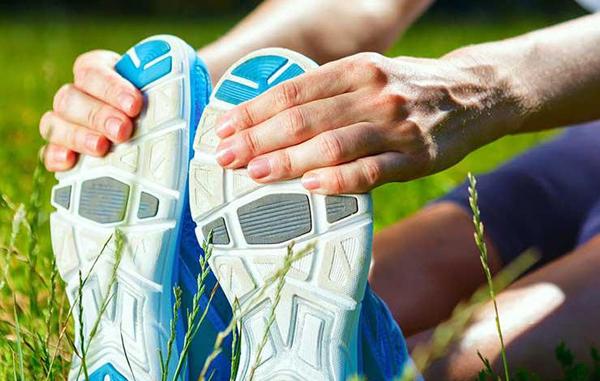

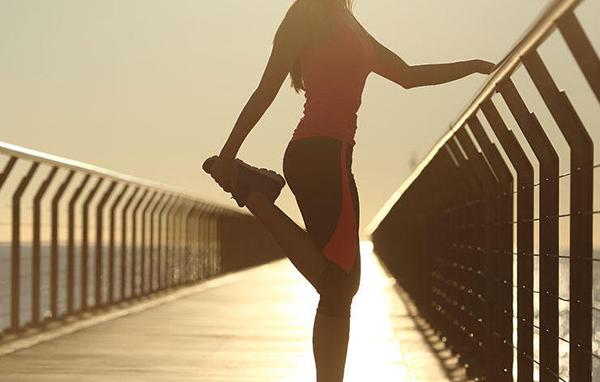
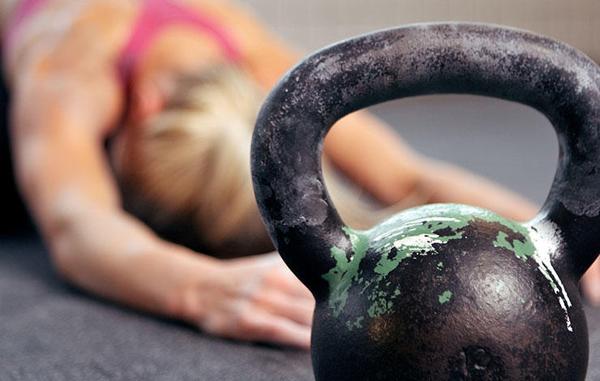
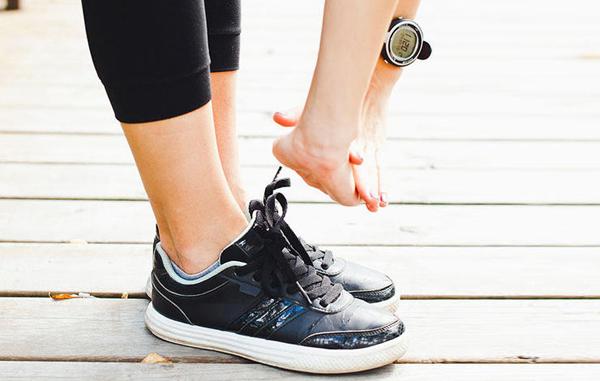
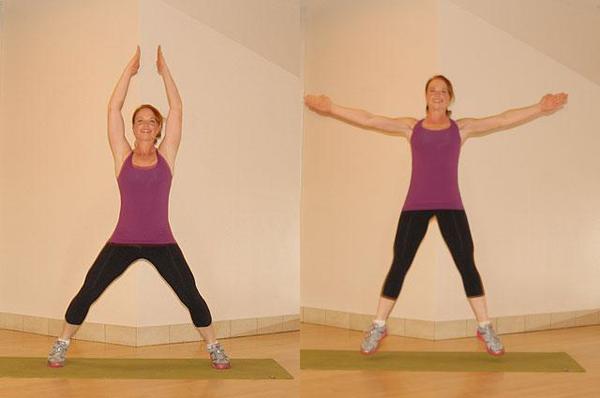
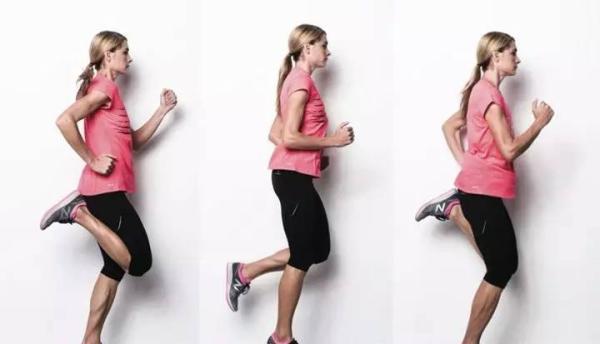
Running legs are thick because the stretch is not in place, maybe the posture is wrong.